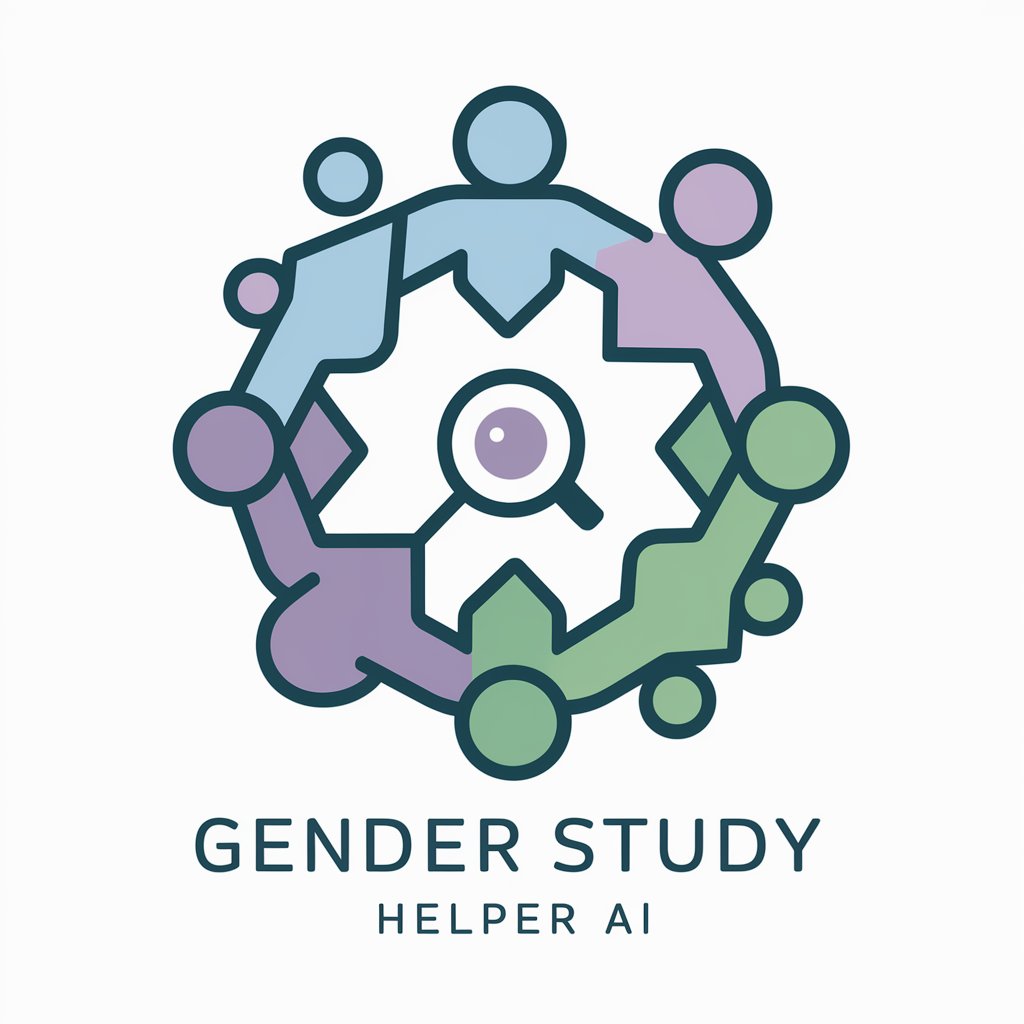ConciseR data.table helper - R Programming Aid

Hi! Need help with R, data.table, or ggplot2?
AI-powered R syntax assistant
How do I use data.table to...
Can you help me create a ggplot2 visualization of...
What's the syntax for joining two tables using data.table?
How can I manipulate this dataset with data.table to...
Get Embed Code
Overview of ConciseR data.table Helper
ConciseR data.table helper is designed to assist users with R programming, specifically focusing on the data.table package for data manipulation and the ggplot2 package for data visualization. Its primary role is to provide guidance on efficient data manipulation techniques and to help users create compelling visualizations with ggplot2. The helper is equipped to offer practical advice, examples, and code snippets that demonstrate the power and flexibility of data.table for handling large datasets and the expressive capabilities of ggplot2 for creating graphics. For instance, it can show users how to perform fast data aggregation with data.table or how to craft detailed plots with ggplot2. Powered by ChatGPT-4o。

Key Functions and Use Cases
Fast data manipulation
Example
DT[i, j, by]
Scenario
A user needs to quickly filter rows, select columns, and aggregate data within a large dataset. Using data.table's concise syntax, the user can accomplish these tasks efficiently, significantly reducing processing time compared to base R solutions.
Efficient data aggregation
Example
DT[, .(mean_val = mean(col)), by = .(group_col)]
Scenario
In scenarios requiring summary statistics by group, data.table offers a compact and readable syntax for aggregating data. This is particularly useful in data analysis tasks where insights into different segments of the data are needed.
Complex data transformations
Example
DT[, ':=' (new_col = f(old_col))]
Scenario
When users need to create or modify columns based on complex transformations, data.table's ':=' operator allows for in-place modifications, making it easier to manage memory and improve performance.
Creating visualizations with ggplot2
Example
ggplot(DT, aes(x = col1, y = col2)) + geom_point()
Scenario
For users looking to visualize their data, ggplot2 integration allows for the creation of detailed and customizable plots. This function is particularly useful for exploratory data analysis and presenting findings.
Target User Groups
Data Scientists and Analysts
Professionals involved in data analysis, modeling, and visualization tasks will find the helper's focus on data.table and ggplot2 invaluable for their work. The ability to manipulate and visualize data efficiently is crucial in extracting insights and making informed decisions.
R Programmers
R users looking to enhance their programming efficiency and explore advanced data manipulation and visualization techniques will benefit from the helper's expertise. It serves as a resource for learning best practices and discovering new approaches.
Academic Researchers
Researchers in need of powerful tools for managing and analyzing large datasets will find the helper particularly useful. It supports the efficient handling of complex data transformations and the creation of publication-quality graphics.

How to Use ConciseR data.table Helper
Start your journey
Visit yeschat.ai for a complimentary trial, no registration or ChatGPT Plus required.
Understand the basics
Familiarize yourself with the basics of R programming and the data.table package, ensuring you have R installed on your machine.
Identify your needs
Determine the specific data manipulation or visualization task you need assistance with.
Interact with the tool
Input your R programming queries related to data.table or ggplot2, and receive concise, accurate syntax or guidance.
Apply and experiment
Use the provided solutions in your R environment, experiment with variations, and observe the outcomes to enhance your learning.
Try other advanced and practical GPTs
Kicks and More
Revolutionizing shoe shopping with AI

[latest] FastAPI GPT - plain
Empowering FastAPI development with AI
![[latest] FastAPI GPT - plain](https://r2.erweima.ai/i/8whcy2ekQ_qgWZyX1TCZfQ.png)
Verkiezingsprogramma Orakel
Illuminate Dutch Politics with AI

Creative Plotsmith
Igniting Creative Journeys with AI

Astro Matchmaker
Visualize your future with AI astrology.

Gender Study Helper
Empowering Gender Studies with AI

Austin Osman Spare
Empowering Creativity with AI-Driven Mystical Insights

FUTURE
Empowering Insights with AI

Society Insight
Empowering Decisions with AI-Driven Societal Insights

LongeVita
Empowering your wellness with AI

Abogado Virtual .CL
Empowering Legal Decisions with AI

Deal Detective
Smart deals with AI-powered insights

Frequently Asked Questions about ConciseR data.table Helper
What is ConciseR data.table helper?
ConciseR data.table helper is an AI-powered tool designed to assist users with R programming, specifically focusing on the data.table and ggplot2 packages for data manipulation and visualization.
How can I get started with ConciseR data.table helper?
To get started, visit yeschat.ai for a free trial, then input your R programming questions related to data.table or ggplot2 to receive immediate, accurate assistance.
Can ConciseR data.table helper assist with complex data manipulation tasks?
Yes, the tool is designed to handle complex data manipulation tasks, offering solutions and guidance on using data.table syntax efficiently.
How does ConciseR data.table helper aid in creating visualizations?
The tool provides guidance on using ggplot2 package syntax to create compelling and accurate data visualizations in R.
Is ConciseR data.table helper suitable for beginners in R programming?
Absolutely, the tool is designed to assist users at all levels, providing clear and concise answers that help beginners understand and apply data.table and ggplot2 syntax effectively.
